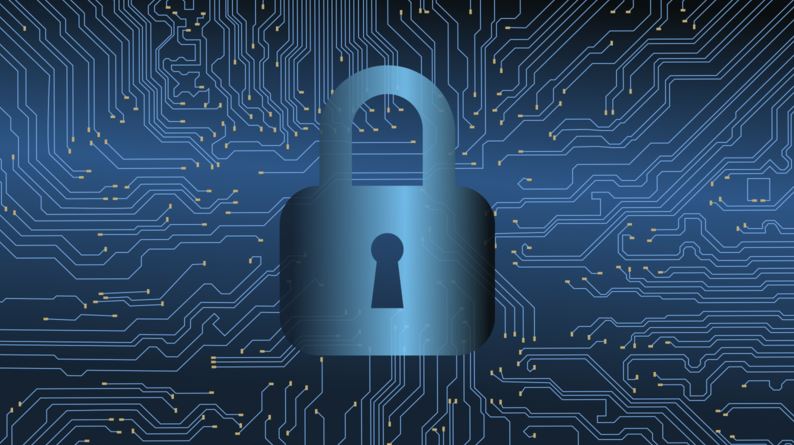By Zakir Hussain- Director, BD Software Distribution
The expression “you are part of something big” has a less mystical meaning nowadays. 59% of the global population, or almost 4.57 billion people, are part of the internet as active users.
A minute on the Internet in 2020 means 404,444 hours of Netflix videos streamed by users, 2,704 TikTok app installations, 6,659 packages shipped by Amazon, 208,333 participants in Zoom meetings, 500 hours of YouTube videos uploaded by users, 347,222 Instagram stories, and 41.7 million messages shared on WhatsApp (source: Statista).
Most of us are online, and we spend more time online, but are we safer?
What has 2020 taught us about cybersecurity so far?
As the Internet has become the main space for human interactions and the primary way to work, socialize, learn, and support one another, it has become even less safe. One lesson of the Covid-19 pandemic is that hackers target people’s increased dependence on digital tools, fears, hopes, and new habits. The pandemic has given hackers a new set of opportunities. It started with coronavirus-themed scams and phishing in March when we detected nine times more coronavirus-related malware reports than in the previous months followed by Digital frauds in the last month.
So what can we do?
“Do your part. #BeCyberSmart.” It’s time to make our interconnected world safer and more resilient for everyone. Let’s bust the four most common myths about online security and take appropriate actions:
Myth: Antivirus is a thing of the past.
Truth: What people call antivirus has evolved into a multi-layered security suite over the years. While it’s true that “regular” antivirus has been dead for several years now, a capable security suite is a must for all connected devices today. Leaving a single gadget unprotected is like leaving the door of your house open to see if any burglar gets in. In short, “if you connect it, protect it.” Most antivirus software subscriptions cover more devices. Install protection on all of them to keep your family safe.
Myth: Any password will do just fine.
Truth: A weak password can turn your life upside down. If hackers manage to guess it, they gain full access to your email, personal documents, bank accounts, photos, and videos. Choose strong, complex, unique passwords and enable two-factor authentication for all your online accounts that support this feature. If possible, choose to have two-factor codes delivered in an app rather than via SMS. This way, your online shopping, video streaming, online education, work, and emails will not allow logins with stolen or leaked usernames and passwords.
Myth: A VPN doesn’t really protect my online privacy.
Truth: Yes, it does. A VPN encrypts your computer traffic and routes it through several geographical locations, hiding your IP address and protecting you against the mass data collection common to both cyber-criminals and your local Internet Service Provider. This can be useful in a lot of situations – like when you’re using public WiFi – because it means that no one sharing the network with you can see the information you send over it. If you are unsure who operates the open network you are about to connect to, make sure VPN is ON before sending anything remotely valuable.
Myth: A cyberattack can’t happen to me.
Truth: There is an estimated cyberattack every 39 seconds, which makes the chances of experiencing one higher than you think. For example, reports show you have a one in 4 chance of falling victim to a data breach, and oftentimes, you have done nothing wrong except to sign up for a popular yet vulnerable service. By comparison, the average person has a 1 in 50 chance of experiencing a home burglary, 1 in 14,600 chance of being struck by lightning, 1 in 2.7 million chance of being mauled by a grizzly bear, 1 in 175 million chances of winning the lottery.
Nowadays, we can’t imagine a world without the Internet. It is hard to predict exactly how the online world’s future will look, but one thing is for sure – we have to stay safe.

Related Posts
What is Identity Theft? All that you should know about this form of cybercrime
How to install BetterCap on Windows 11 or 10
Guardians of Data: How Role-Based Access Control Reinvents Security
Google to display only interest-based ads using a privacy sandbox
Dating App Bumble’s Revised Policy Cracks Down on Bots and More
Ethical Considerations in Digital Banking: Privacy, Data Ethics, and Responsible AI